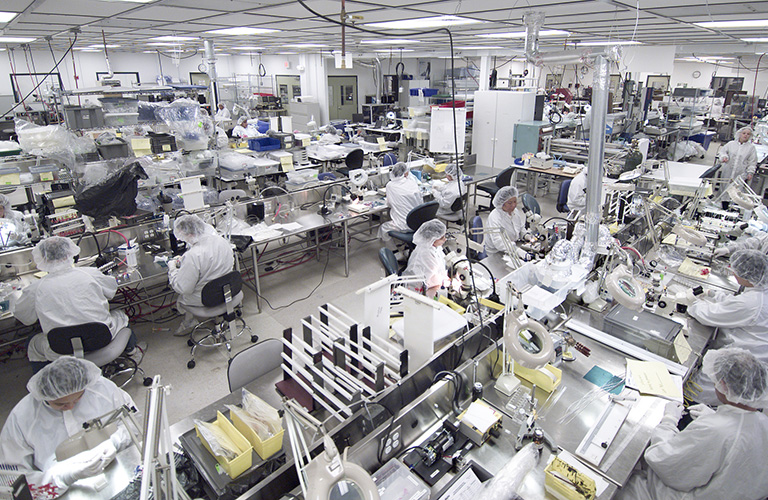Cleanroom News, General Topics
All About Face Masks and N95 Respirators
As the Coronavirus continues to make headlines, you may have heard recommendations regarding the use of face masks to remain safe in public. While some cultures rely on face masks to protect themselves from airborne particles related to pollution, others are now relying on them to keep them safe during the spread of this virus. While not as well known, the N95 respirator is also a key player in certain healthcare and industrial settings. Here’s everything you should know about both face masks and N95 respirators.
What Is a Face Mask?
A face mask is a piece of personal protective equipment that can help safeguard against certain airborne and liquid particles when worn over your nose and mouth. It is a loose-fitting physical barrier that is considered single-use and disposable. It is important not to share face masks with another individual. When you visit the dentist, doctor or another medical professional, these individuals often wear face masks to limit the liquid and airborne contaminants.
What Is an N95 Respirator?
Like the face mask, the N95 respirator is a piece of protective equipment worn over the nose and mouth that blocks at least 95 percent of small particles (0.3 microns). It is intended to achieve a close facial fit and thus isn’t suitable for any individual who has facial hair. It is common to wear the N95 respirator in industrial settings where dust may make it highly difficult for a person to breathe. Like the face mask, the N95 is also considered to be a single-use device.
Face Mask vs. N95 Respirator
The primary similarity that the face mask and the N95 respirator share is that they are both intended to protect the wearer from exposure to airborne and liquid particles. That said, the extent of the protection is different due to a variety of factors. Furthermore, not all individuals should utilize the N95 respirator.
Particle size
A face mask helps to block the exposure to large particles (droplets, splashes, sprays, splatters) but fails to block or filter small particles in the air. This means that it can be effective in preventing germs (viruses and bacteria) contained in any large particles but would not protect you from the small particles in actions like coughing and sneezing. The N95 respirator, on the other hand, is designed to protect against small particles, which can make them the correct device for an individual with increased risk for influenza or other respiratory diseases.
Fit
Finally, the fit of the face mask also differs from the N95 respirator. The face mask is loose over your nose and mouth, while the N95 respirator is intended to be form-fitting. The form-fitting nature of the N95 respirator provides more complete protection, but it still does not guarantee safety from illness or death.
Breathing ability
Due to the tight fit, the N95 respirator can make breathing difficult for those with chronic respiratory, cardiac, or other medical conditions. Therefore, the FDA recommends that you consult with their healthcare provider prior to use.
Final Thoughts
Overall, these two devices can help to protect the users and those around them from airborne and liquid particles that may contaminate the face. The selection of the proper device will depend not only on the use (medical, environmental, occupational) but also on any personal restriction you have. Always consult with a healthcare provider prior to use if you are unsure.




